
Home › Papua New Guinea Bird Photography Tour Report – 2024
From the Highlands to the Lowlands: A Birding Journey Across Papua New Guinea
I first set foot in Papua New Guinea in 2014. I was travelling with two Australian bird photographers, Geoffrey Jones and Tony Pallisar. They introduced me to the birdlife there. That trip got me hooked on Australasian birds. After I joined Endemic Explorer, I began leading tours to PNG. I have returned almost every year since, except during the COVID break.
Each time I land in PNG, the feeling is the same. The thick rainforest, the calls of birds-of-paradise, the untamed landscape — it all feels new again. Many people are still unsure about travelling here. News about robberies, tribal clashes, and even sorcery spreads fast. There is truth to some of it, but it is not the whole picture. Most people in PNG are warm, open, and proud to share their land with visitors.
The 2024 Expedition
This trip, in July 2024, felt different. The group included travellers from Malta, South Korea, Germany, and India. Some came for bird photography. Others were keen bird watchers. One had a special interest in butterflies. That mix can be tricky on a single tour, but this group had travelled together before. They understood how to move as a team.
I arrived in Port Moresby on 8 July. I always come a day early. I stayed at the Holiday Inn Express, rested after a long route through Dubai and Singapore, then checked out early. I reached the airport by six in the morning.
Most international flights into PNG arrive around the same time. Within an hour, everyone had landed. We gathered for coffee, went over the plan, and set off. This group needed no long instructions. They knew what to expect — delays, changes, and the unpredictable flow of travel in Papua New Guinea.
The next morning, we boarded the flight to Mount Hagen. It was short and smooth. On arrival, the change was immediate. The cool air. The slopes covered in trees. Bird calls from every side.
Kim Arut, our local partner, met us at the airport. After collecting bags and picking up supplies, we started the two-hour drive to Kumul Lodge. The road had improved a bit since my last visit. Kumul is one of the few places where birds-of-paradise visit a feeding table.
The staff welcomed us warmly. Many were familiar faces from past years. Kim’s son runs the lodge now, but she still keeps a close watch and makes sure everyone feels at home.
We dropped our bags and headed straight to the feeding station. I expected the regulars, but the first sighting caught everyone off guard — a Ribbon-tailed Astrapia with a tail over 1.5 metres long. It moved from branch to branch, tail flicking like a streamer. It looked unreal.
We stayed at the feeding table all afternoon, pausing now and then for coffee. The birds kept coming. Tiger Parrots, Melidectes, Brown Sicklebills, Fantails, and others. A short visit by the Crested Berrypecker stood out.
Dinner at Kumul was just right. Hot food. Big portions. Exactly what we needed after a long day in the highlands.
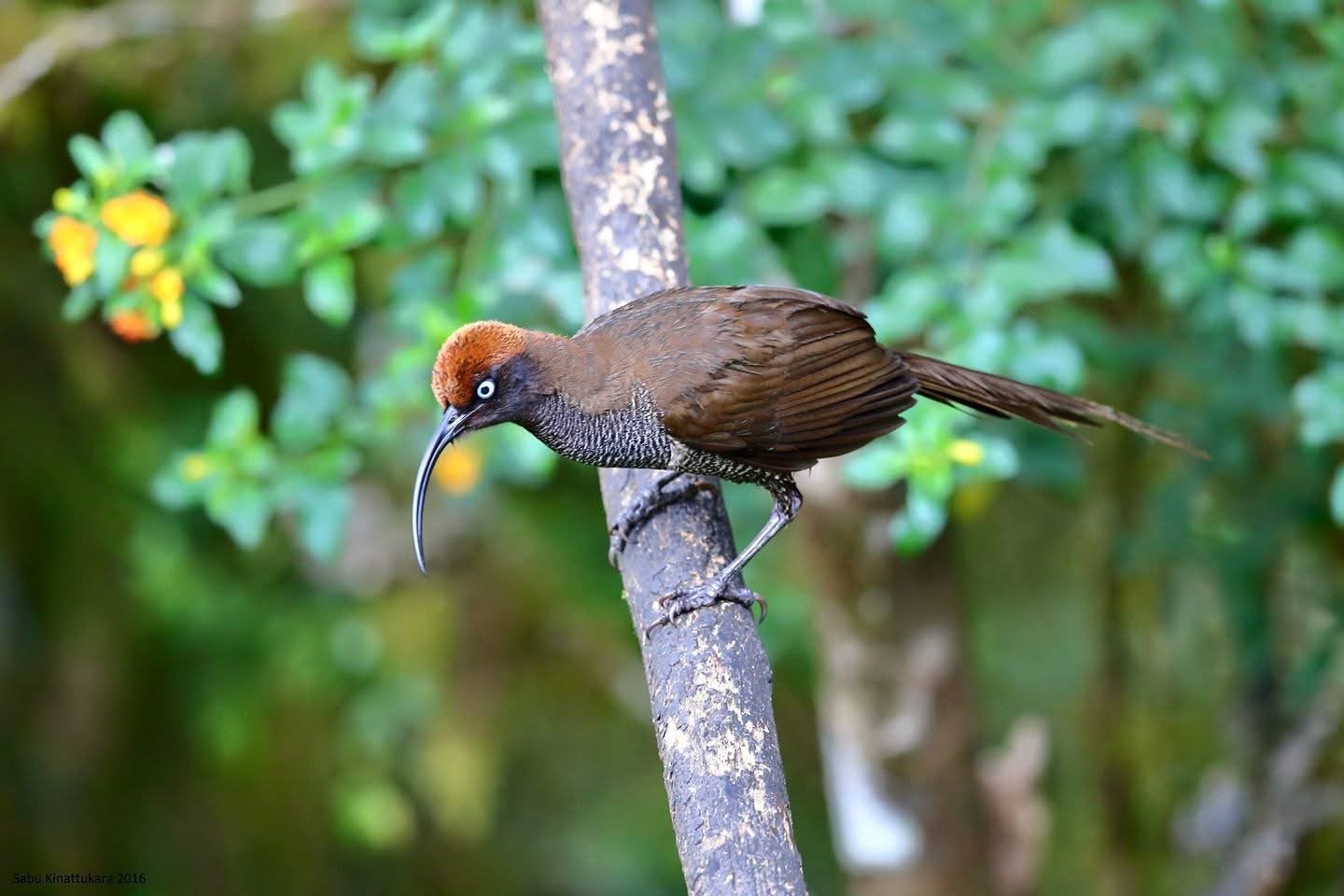
Bluebird Mountain and a Vanishing Forest
The next morning, we set out for a site we always called Bluebird Mountain. The climb took just under an hour. For years, this place had rarely let us down. The Blue Bird-of-Paradise had been a constant presence. But something felt different even before we reached the top.
The forest was no longer whole. A road had cut through the middle, and farmland now pushed up the slopes. What used to be thick canopy had thinned out to a narrow strip. We waited at the edge, just past half seven, when the first call came from high above.
There it was — a male, perched in the canopy. It stayed for a few minutes, but the distance was too great. Even with an 800mm lens, no one got a clear photo.
It was more than a missed shot. It felt like a warning. I spoke with a few landowners nearby. They were honest. The land was cleared to make way for crops, part of a wider development plan encouraged by the authorities. They needed the income. The forest was no longer theirs to protect.
On the way back, we paused at a stream. A Torrent Flycatcher darted along the waterline, active and bold. Nearby, a large eagle sat quietly, offering a decent view before it vanished into the trees. Later in the day, we moved into open grassland. Papuan Parakeets and a few other species gave us a much-needed lift.
By late afternoon, we were back at Kumul. The feeders were alive with movement. We stayed till dusk. The day had offered its moments, but it also left a sense of what is slowly slipping away.
The Lesser Bird and a Fading Forest
The following morning, we set off early for a new site that had been recommended for the Lesser Bird-of-Paradise. It was a longer drive, deeper into the highlands. The forest, once again, looked worn. We knew what that meant.
We waited in silence. The bird did show — a quick flash through the canopy, then gone. We gave it time, but it never came back. The clearing had the feel of a place that once held promise. Now, it felt hollow. Another good site being lost to farmland and slow deforestation.
We returned to Kumul in the afternoon and headed straight to the feeders. The regulars were around. One unfamiliar shape stayed in the shadows, refusing to come closer. Then something unexpected happened. A Crested Satinbird landed in a nearby tree. It stayed for a few calm minutes. A clean view. A rare moment.
Far From the King
Later that day, we visited an old site for the King of Saxony Bird-of-Paradise. I had last been there in 2016. Back then, the male would perch close, just off the main trail, right around four in the afternoon.
This time, we waited in light rain. The bird came, but it stayed far off. A small blur against a distant ridge. Even through binoculars, it barely showed. The encounter was distant in more ways than one.
That moment made something clear. We need new ground. The King, the Blue Bird, the Lesser — they are still out there, but they are moving away from the old spots. We have already begun planning. From 2025, we will start visiting a new area near Mount Hagen. Reports look good. The habitat is strong, and the access is manageable.
Final Days at Kumul
We spent four nights at Kumul. The lodge, as always, was solid. Feeders were busy. Staff were attentive. But the hills beyond the lodge are changing. Not because of the lodge, but because the world outside is closing in. Trees are going. Fields are growing. And with them, the old birding charm is thinning out.
Still, sightings like the Satinbird are enough to keep coming back. Papua New Guinea continues to hold some of the most remarkable birds on the planet. But this will only stay true if we give the land space to breathe and the birds a reason to stay.
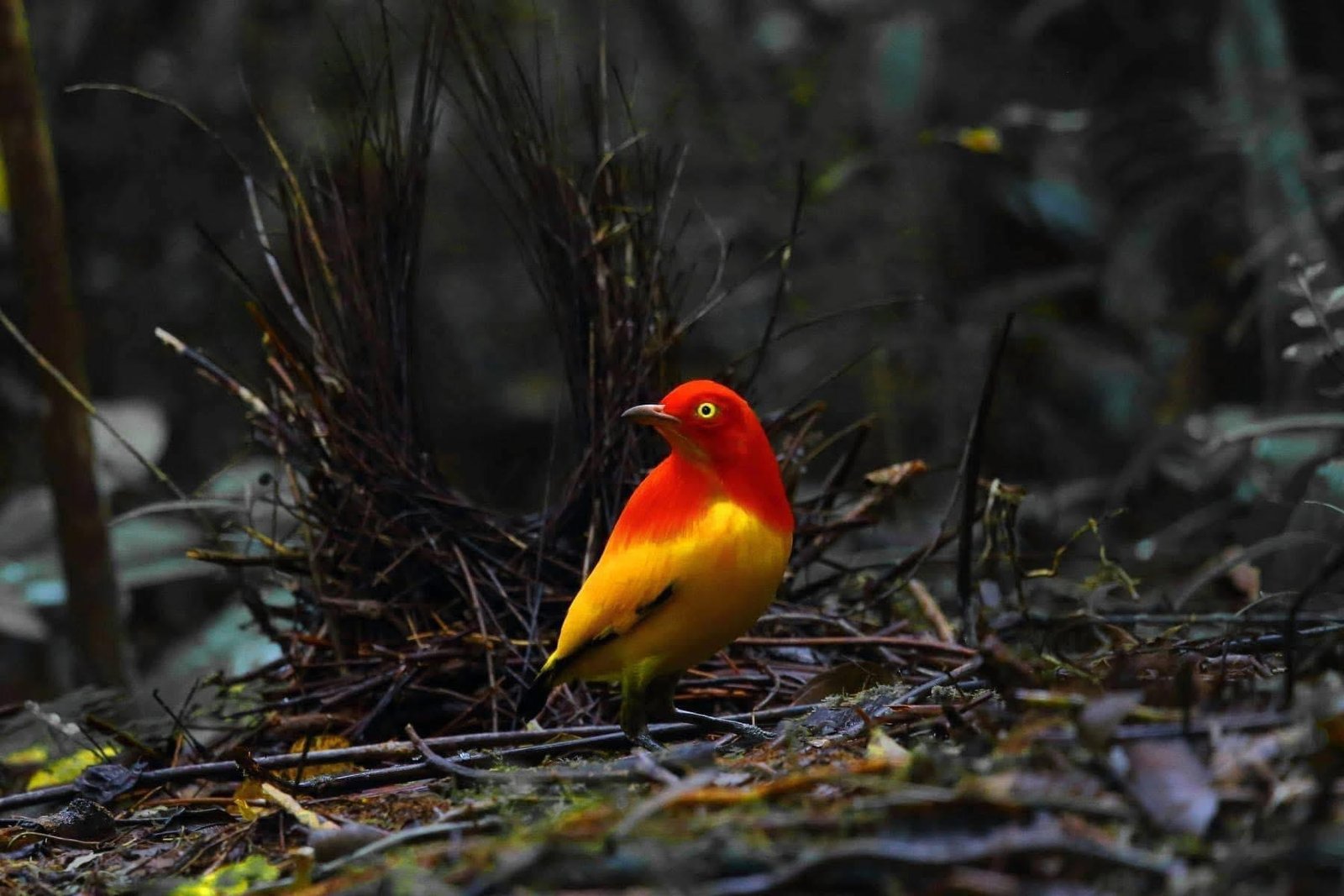
Flame Bowerbird. Photo by Sabu Kinattukara
Flight Delayed, Plans Disrupted
On our final morning in Mount Hagen, we made our way to the airport for the flight to Kiunga in the lowlands. As soon as we got there, we were told the flight was delayed, and there was a good chance it would not fly at all.
Flight delays are common in Papua New Guinea. You expect them, but they still throw everything off. It only takes one delay to undo weeks of careful planning. We hung around, watching the clock, hoping things would move. If there is one thing PNG teaches you quickly, it is the importance of staying flexible. There is no other way to make it work.
Arrival in Kiunga
After several hours, the flight finally took off. It was just under two hours to Kiunga. When we landed, I noticed something unusual — a new terminal building was under construction.
The old airport had always been one of those small-town strips where a few men handled everything. Check-in, baggage, ticketing, even security, if needed. The shed was barely big enough for one group to wait inside. Now, a basic concrete structure was starting to take shape beside it. Quiet progress in a place that rarely changes.
Nothing was on time. The luggage took ages to appear. Eventually, a tractor came down the strip pulling a trolley. We walked over and picked out our own bags.
Then came another wait. There was no sign of our vehicle. No message. No idea when it would arrive. We stood under what shade we could find. Ten minutes passed. Then twenty. Nobody complained. Most of us had travelled here before. In this part of the world, timetables stretch and patience helps more than planning.
The vehicle showed up just before we lost light. We reached Kiunga Guesthouse late in the afternoon. The Australian lady who runs the place was still there, same as always. Check-in was smooth. We had just enough time to change, pack our gear, and head out to Kilometre 17.
Boots First, Then Birds
With rain expected, boots were a must. There is a shop next to the guesthouse, but the price is high. If you walk five minutes to the market, you get the same gum boots for much less. Most of us went with that. One guest had brought his own pair from home.
By three in the afternoon, we were in the van. The road to Kilometre 17 was under repair, so we moved slowly. When we arrived, there was still an hour to walk through forest before we reached the display site for the Greater Bird-of-Paradise.
Things had shifted since last year. The birds had moved to a taller tree, further from the trail. They were still there, calling and moving between branches, but too high for a clear photo. No hybrids showed up this time. We have seen mixed Greater and Red Birds-of-Paradise here before, but not today.
As we headed back, just before dark, we heard a call from the undergrowth. It was a Jewel Babbler. We paused, scanned the shadows, and managed a short look before it vanished. It was quick, but enough to lift the mood. One of those moments that makes a slow day feel worthwhile.
The Fly River Begins
The next three days were set aside for the Fly River. Our base stayed in Kiunga, but each day we headed out by boat into the forests and creeks around the river. The routine was simple.
We woke at 4.30 AM. We picked up our packed food and drove to the port. We boarded an old fibreglass speedboat and travelled upriver, keeping watch for anything that moved. The ride usually took four hours. It was long, but the landscape kept changing. Birds flew over the water. Calls came from both sides. You never knew what the next bend would bring.

Day 1: High Hopes and Mixed Results
About an hour into the ride, we reached a display site for the Twelve-wired Bird of Paradise. The bird showed up almost on cue, perched in full view and lit softly by the early light. It was a welcome start to the day and helped set the tone.
We continued upriver with one clear goal. The Flame Bowerbird remains one of the top targets in this region. Though no longer classed as a bird of paradise, that detail means little when you finally see it. We waited for over an hour. The calls came from nearby, but the bird stayed hidden. Not a movement from the undergrowth.
We moved to a different site to look for the Flightless Rail. Another wait followed. No sound. No luck. By midday, we had more misses than hits and paused for lunch. After a short break, we turned to the surrounding forest. That made all the difference. Eclectus Parrots came through, along with Papuan Lorikeets and a variety of flycatchers. These were the small wins that helped lift the energy again. Birding teaches you early on that timing, patience, and a bit of luck often matter more than any plan.
Closing the Day with a Display
Later that afternoon, we tried for the King Bird of Paradise. This time, we were rewarded. A male was active at the site. He put on a fine show. Darting through the canopy, calling, shifting position. But just as the cameras were ready, the clouds opened. A light drizzle turned to proper rain, and we had to pack up.
Two Days on the Fly River
The next two days were set aside for a long push along the Fly and Elevala Rivers. Each morning followed the same pattern. Early start, packed meals, short drive to the port, and then hours upriver on a fibreglass speedboat. The rivers wound through thick forest and broad floodplain. The sky and water were never still. Parrots crossed in bursts. Hornbills moved in pairs. Raptors circled. Kingfishers flashed across the bends.
The bird that stole the show was the Southern Crowned Pigeon. It walked slowly along the forest edge. Big. Calm. Bright blue crest. Deep maroon feathers. It was a presence you could feel. The photographers got their moment. The bird gave them time. It was what they had come for.
The Flame Bowerbird Returns
On the second morning, we gave the Flame Bowerbird another try. This time, we were in the right place at the right time. The male flew down to the forest floor, just above his bower. The light caught him as he began his display. He moved with purpose. Flicking his wings. Tilting his head. Bouncing. Tossing leaves aside. For a moment, the forest stood still. A few in the group had only seen the bird in nature films. Now they were watching it live. No one spoke. It was enough just to watch.
Kingfishers and Last Light
Later that day, we stopped in a patch of forest known for its kingfishers. Four species turned up. Among them, the Little Paradise and the Common Kingfisher stood out. Their colours shone through the filtered light as they perched low near the trail. We returned once more to the King Bird of Paradise site. The male was there again. This time, the distance was better and the light held long enough.
Two birders in the group had been logging lifers throughout. Every new sighting meant a fresh note and a new smile. For them, this part of the trip had already delivered. The photographers were less certain. Only a few birds gave them the clear shots they were hoping for. Still, no one left disappointed. The river, the forest, the pace of the days. It all stayed with us.
These were hard miles. Humid, muddy, long. But full of life. This stretch of the trip will stay high on the list for anyone who was there.
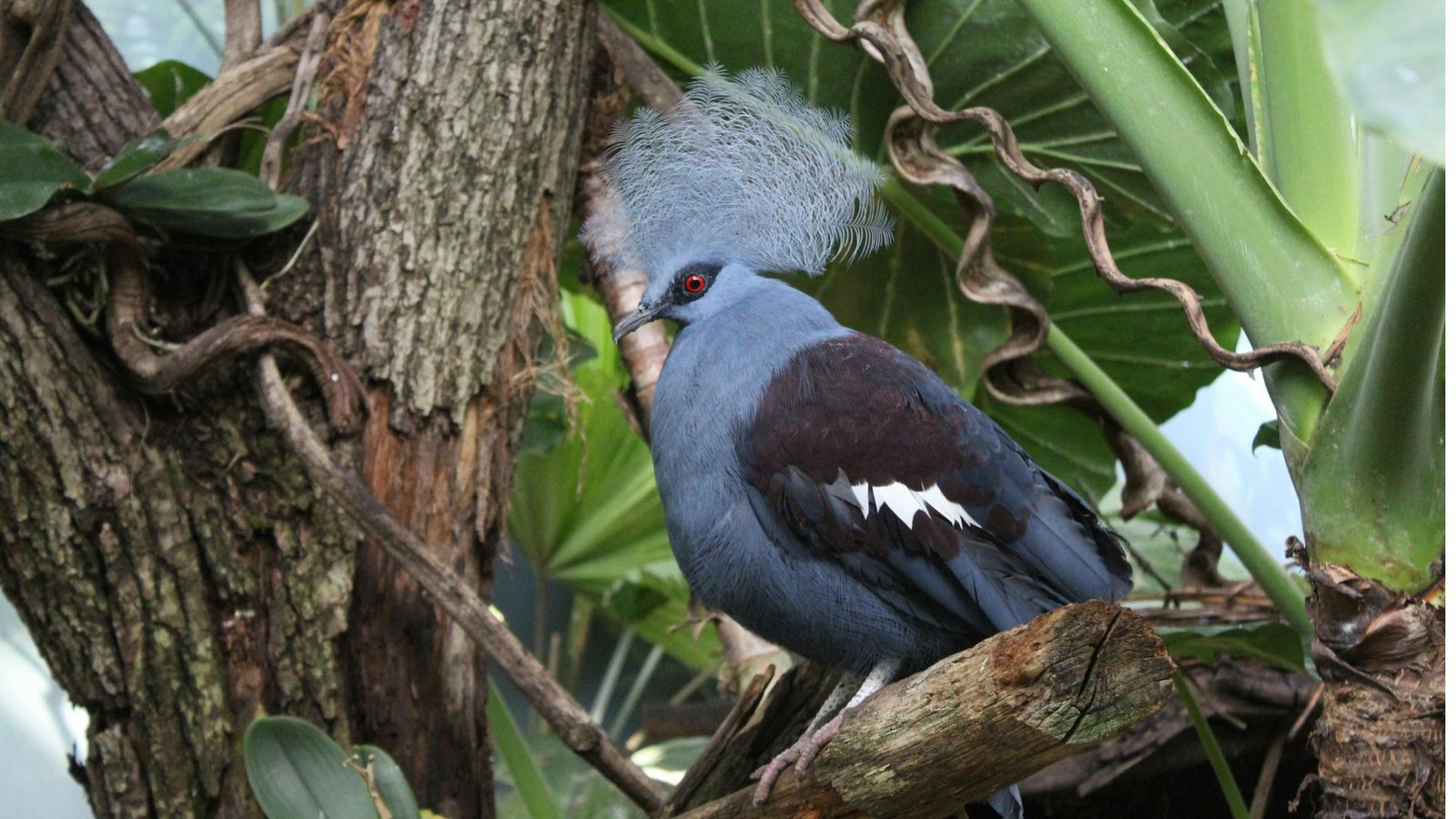
Kiunga: A Town Fading into History
Kiunga is a river port deep in the western lowlands. It once had its role. Rubber farms, mining camps, and barges on the Fly River kept it moving. Those days have slipped away. What is left are rusting machines, quiet yards, and streets where time feels paused.
We stayed four nights. The heat was constant. The air never moved. Mosquitoes were always there, day and night. Getting around was never smooth, but the birding made up for the effort. When it was time to leave, we felt relief but also that sense of finishing something hard and worth doing.
Kiunga is not built for comfort. The days are long, the conditions rough. But if you come here for birds and are ready to deal with the rest, you will not regret it.
Return to Port Moresby
We landed back in Port Moresby at around two in the afternoon. From the airport, we went straight to Dixi Bungalow, where we would stay for the next three nights. After check-in and a late lunch, we set off again. That evening’s plan was not a rainforest trail. It was a university campus.
Pacific Adventist University: Birding in an Open Classroom
Pacific Adventist University sits on the edge of the city. You would not expect much, but it turns out to be one of the best birding spots near Port Moresby. The grounds are wide and open. There are grassy fields, quiet ponds, and rows of tall trees. Birds seem to like it here.
The bird most people ask about is the Papuan Frogmouth. It blends into the trees so well that you can look straight at it and still not see it. I often turn it into a small challenge. If anyone spots one before I do, I owe them a beer. Most of the time, I keep the bottle.
Apart from that, the campus is full of wetland birds and open country species. As the light faded that evening, the group managed good photos of Pacific Black Duck, Wandering and Plumed Whistling Duck, Grey Teal, Masked Lapwing, Raja Shelduck, Dusky Moorhen, Australian Swamphen, Hardhead, Comb-crested Jacana, and Fawn-breasted Bowerbird.
The walk was slow and easy. After long days on boats and jungle paths, it felt like a pause. The open space and evening breeze were welcome.
By the end of the day, we were ready to return. I usually stay at Dixi Bungalow or Rain Tree Lodge while in the city. Both are on the road to Varirata and make things simpler when heading out early in the morning.
Varirata National Park: Forest of the Raggiana
About 30 kilometres from Port Moresby sits Varirata National Park, the only place in Papua New Guinea with official national park status. Unlike most countries where parks are managed by the government, almost all land here belongs to local tribes. There are over a thousand groups across the country, each with its own territory. Entry without permission is risky. Uninvited guests may face serious trouble. It is always necessary to go with a local guide. In some cases, a security escort is also advised.
The road to Varirata has its own reputation. Robberies and hijackings have happened before. Travelling alone or hiring a local taxi is not recommended.
But once inside the park, the mood changes. Varirata feels like another world. The mix of elevations and habitats brings a wide range of birdlife. For me, this forest holds a personal favourite — the Raggiana Bird-of-Paradise.
I first saw a photo of this bird in 1976, printed in a Sunday newspaper. I was in sixth standard. That image stayed with me. Since then, I have seen the bird many times in real life. The feeling never fades.
At dawn, the males gather in small groups and begin their display. They call, hop, flick their wings, and shake their plumage in rhythm. The light catches their colours. The forest is still. For a few minutes, nothing else seems to exist.
Birding in Varirata
The park is not easy. It is home to more than 450 bird species, but most remain hidden. The basic rule here is simple:
You will hear 100 bird calls
You might see 10 of those birds
You will probably manage to photograph just two
Even with those odds, it is worth it.
On this trip, we saw two lifers — the Barking Owl and the Tiger Heron. Other key sightings included the Brown-headed Paradise Kingfisher, Yellow-billed Kingfisher, and Papuan Dwarf Kingfisher. The Yellow-legged Bushturkey made a few brief appearances. Three kinds of Kookaburra called across the forest, their laughter echoing from the trees.
We found several fruit doves, Wallace’s Riflebird, White-shouldered Fairywren, Yellow-faced Myna, Barred Owlet-nightjar, and more. Each corner of the park held a small surprise.
To cover Varirata properly, at least two full days are needed. It is not a quick stop. The forest rewards those who stay longer and move slowly.
Closing Moments
By the end of our time in Varirata, the group felt like old friends. People were sharing stories, comparing lifers, and laughing about small mishaps along the way. It felt more like a university reunion than a birding tour.
On our final evening, we had a good dinner, swapped photos, and made loose plans to return. The next morning, after a relaxed breakfast, we drove to the airport.
Four of us boarded a flight to Manus Island. A new leg of the journey had begun — this time to look for the rare Super Pitta.
But that is for another day.
Goodbye, for now.
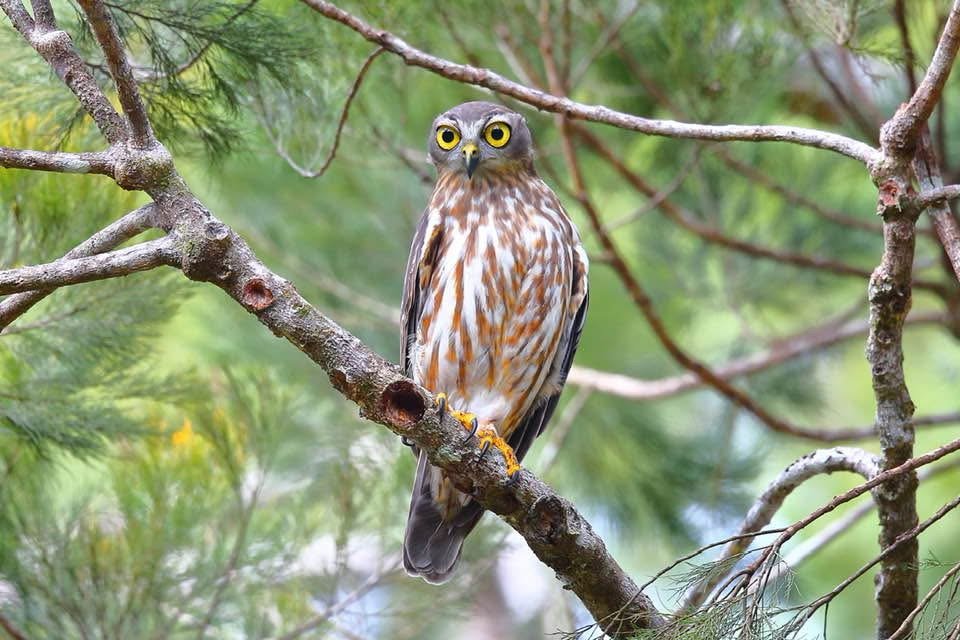
Top Birds
Pacific Adventist University
Blue-winged Kookaburra, Black-faced Cuckooshrike, Rufous-banded Honeyeater, Yellow-tinted Honeyeater, New Guinea Friarbird, Black-backed Butcherbird, Pheasant Coucal, Fawn-breasted Bowerbird, Torresian Imperial Pigeon, Orange-fronted Fruit Dove, Torresian Crow, Bar-shouldered Dove, Grey-headed Mannikin, Australasian Figbird, Yellow-faced Myna, Comb-crested Jacana, Australasian Swamphen, Dusky Moorhen, Pacific Black Duck, Wandering Whistling Duck, Plumed Whistling Duck, Green Pygmy Goose, Grey Teal, Radjah Shelduck, Nankeen Night Heron, Whistling Kite, Brahminy Kite, Rainbow Bee-eater, White-breasted Woodswallow, Pacific Swallow, Variable Goshawk, Papuan Frogmouth.
Varirata National Park
Black-capped Lory, Coconut Lorikeet, Red-cheeked Parrot, White-shouldered Fairywren, Black Sunbird, White-throated Honeyeater, White-bellied Cuckooshrike, Varied Triller, Lemon-bellied Flyrobin,, Brown Oriole, Spangled Drongo, Hooded Butcherbird, White-bellied Whistler, Brown-headed Paradise Kingfisher, Yellow-billed Kingfisher, Azure Kingfisher, Forest Kingfisher, Papuan Dwarf Kingfisher, Sacred Kingfisher, Rufous-bellied Kookaburra, Wompoo Fruit Dove,, Superb Fruit Dove, Beautiful Fruit Dove, Orange-bellied Fruit Dove, Zoe’s Imperial Pigeon, Amboyna Cuckoo-Dove, Metallic Pigeon, White-faced Robin, Black Cicadabird, Barred Cuckooshrike, Sooty Thicket Fantail, Chestnut-bellied Fantail, Frilled Monarch, Black-faced Monarch, Spot-winged Monarch, Green-backed Honeyeater, Rusty Mouse-warbler, YHooded Pitohui, Pale-billed Scrubwren, Growling Riflebird, Fairy Gerygone, Goldenface, Drongo Fantail, Barred Owlet-nightjar, Black-billed Brushturkey, Crested Pitohui, Cinnamon Ground Dove, White-breasted Ground Dove, Chestnut-backed Jewel-babbler, Papuan Scrub Robin, Forest Bittern ( lifer) , Raggiana Bird-of-paradise (displaying).
Kumul Lodge Area
Ribbon-tailed Astrapia, Brown Sicklebill, Common Smoky Honeyeater, Grey-streaked Honeyeater, Belford’s Melidectes, Brehm’s Tiger Parrot, Island Thrush, White-winged Robin,, Rufous-throated Bronze Cuckoo, Friendly Fantail, Dimorphic Fantail, Regent Whistler, Orange-crowned Fairywren, Wattled Ploughbill, Mountain Mouse-warbler, Large Scrubwren, Papuan Lorikeet, Blue-capped Ifrit, Crested Berrypecker, Lesser Melampitta, Mountain Firetail, Crested Satinbird, Archbold’s Bowerbird, Bronze Ground Dove, Mountain Mouse Warbler, Blue Bird-of-paradise, Superb Bird-of-paradise, Lawes’s Parotia, Bar-tailed Cuckoo-Dove,Ornate Melidectes,, Streaked Berrypecker, Torrent Flyrobin, Torrent-lark, Yellow-breasted Bowerbird, Hooded Mannikin, Papuan White-eye, Mountain Myzomela, Island Leaf Warbler, Long-tailed Shrike, Lesser Bird-of-paradise, White-bibbed Fruit Dove, Mountain Swiftlet, Red-collared Myzomela, Loria’s Satinbird, Black-breasted Boatbill, Black-bellied Cuckooshrike, Ashy Robin, Tit Berrypecker, King of Saxony Bird-of-paradise.
Kiunga Area
Stephan’s Emerald Dove, Thick-billed Ground Pigeon, White-breasted Ground Dove, Dwarf Koel, White-bellied Thicket Fantail, Golden Monarch, Papuan Babbler, Blue Jewel-babbler,, King Bird-of-paradise, Greater Bird-of-paradise, Flame Bowerbird, Grey-headed Goshawk, New Guinea Bronzewing, Long-tailed Honey Buzzard, Pacific Baza, Double-eyed Fig Parrot, Red-flanked Lorikeet, Yellowish-streaked Lory, Yellow-capped Pygmy Parrot, Eclectus Parrot, Orange-bellied Fruit Dove, Beautiful Fruit Dove, Dwarf Fruit Dove, Pink-spotted Fruit Dove, Ornate Fruit Dove, Zoe’s Imperial Pigeon, Pinon’s Imperial Pigeon,, Brush Cuckoo, Emperor Fairywren, Red-capped Flowerpecker, Long-billed Honeyeater, Obscure Honeyeater, Plain HoneyeaterPygmy Longbill, Meyer’s Friarbird, Trumpet Manucode, Glossy-mantled Manucode, White-spotted Mannikin, Black Mannikin and Crimson Finch
Sabu Kinattukara is a Tour Coordinator and Expedition Leader at Endemic Explorer. He has been leading wildlife photography and birding tours to various destinations across Asia and Africa since 2015. You can reach him at sabu@endemicexplorer.com.

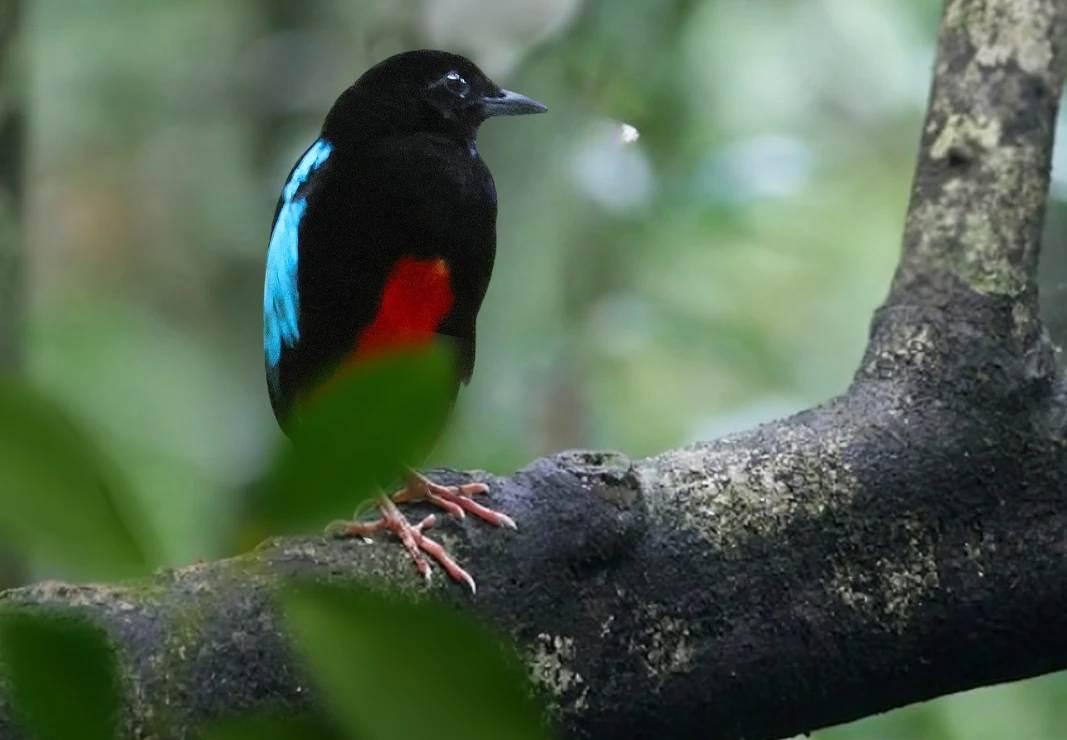
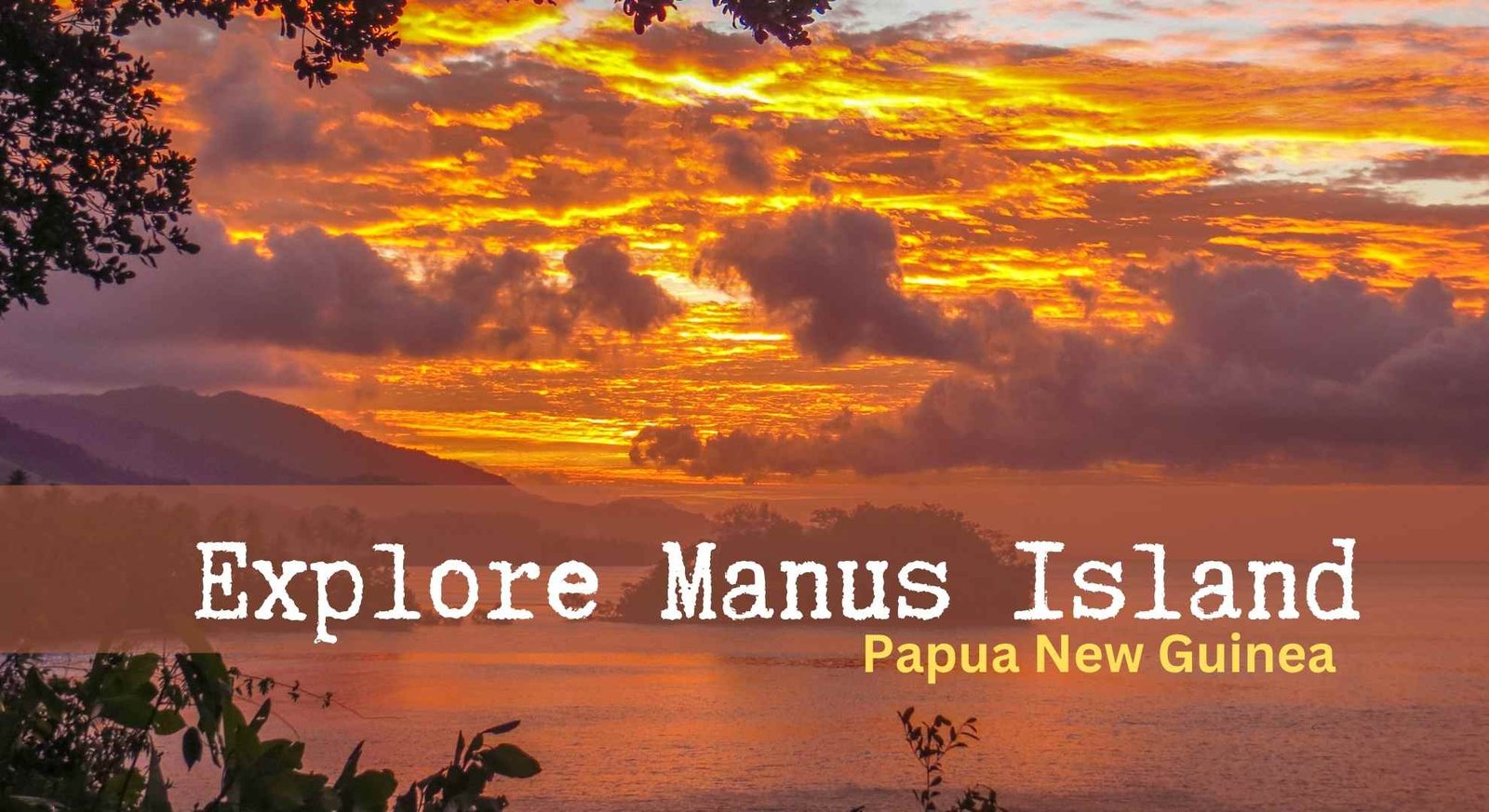
Endemic Explorer’s newsletter is packed with inspiration for your next trip.
Copyright © 2014-2025 Endemic Explorer | All Rights Reserved